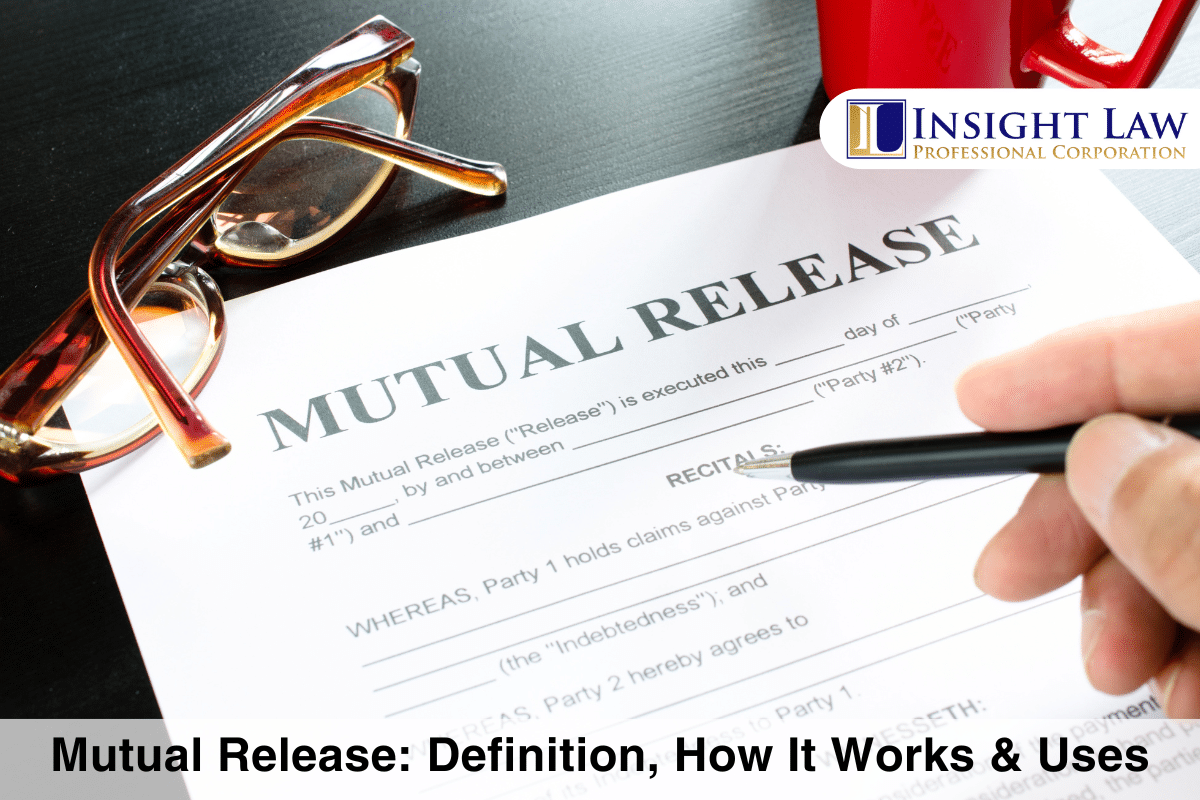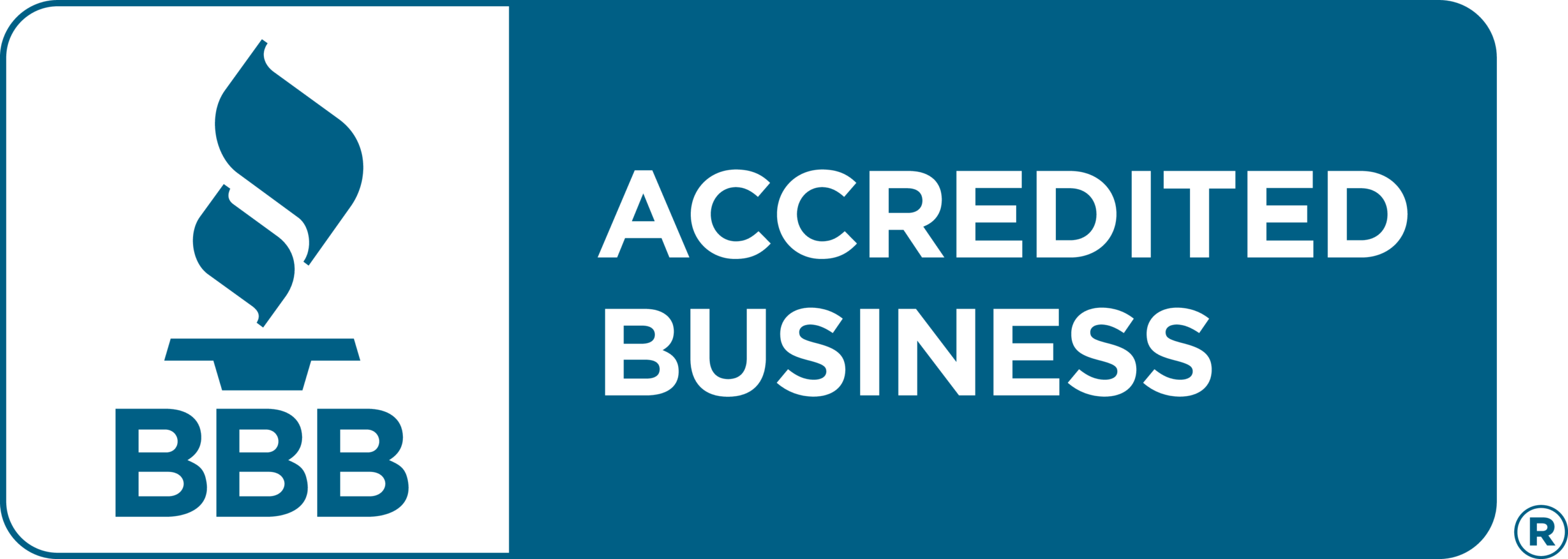A mutual release is a legal document to resolve disputes and settle legal issues between parties. It can wipe out mutual obligations and claims and give everyone a clean slate. This article explains mutual release, its uses and what to consider when drafting one.
What is a Mutual Release?
A mutual release is a legally binding agreement between two parties who have a dispute, where both parties agree to release each other from all present and future claims that have arisen or may arise up to the point of the agreement. This agreement is a reciprocal contract where both parties give up their right to take any legal action against each other. It is often used to conclusively settle a dispute without going through litigation. This legal tool is commonly used in commercial contracts, real estate transactions, and personal injury cases. Its purpose is to ensure that neither party has any further obligations towards the other and to prevent further legal actions. This allows both parties to move forward without the possibility of future litigation.

When is a Mutal Released Typically Used?
A mutual release is typically used when two parties seek to resolve a dispute and avoid further legal action or liability. Here are several scenarios where a mutual release may be used:
- Settlement of Legal Disputes: When parties in litigation wish to settle their case out of court, they may use a mutual release to agree on the settlement terms. Both sides agree not to pursue any further legal action regarding the matter.
- Termination of Contracts: In the event of a contractual agreement being terminated prematurely, whether due to a breach or mutual agreement to cease business relations, a mutual release can ensure that neither party holds the other liable for future claims related to the contract.
- Real Estate Transactions: A mutual release may be used to resolve disputes after a real estate transaction, such as issues arising from property inspections, title problems, or breaches of contract terms.
- Employment Separation: Upon the termination of an employment relationship, particularly when it’s contentious or involves a severance package, employers and employees might use a mutual release to preclude subsequent claims, such as wrongful dismissal or unpaid wages.
- Personal Injury Claims: After an accident resulting in personal injury, the parties involved may reach a settlement where the injured party receives compensation in exchange for a mutual release that prevents further lawsuits related to the injury.
- Business Dissolutions: When a business partnership or joint venture is dissolved, a mutual release can be part of the dissolution agreement, ensuring the former partners cannot sue each other for past business activities.
- Insurance Settlements: Insurance companies often require a mutual release when settling a claim, ensuring that the claimant cannot make any additional claims related to the incident after the settlement is paid.
- Mergers and Acquisitions: In M&A transactions, mutual releases might be executed to absolve the respective parties from previous obligations not covered by the acquisition or merger agreement.
What is a Mutual Release in Real Estate?
In the real estate industry, a mutual release is a legal document that ends a purchase agreement between a buyer and a seller and frees both parties from their obligations under the contract. This type of release is typically used when both parties agree to terminate a transaction without completing it, often due to disputes or an inability to fulfill the contract’s terms.
For instance, if a buyer fails to secure financing or if an inspection reveals significant issues leading to a disagreement over repairs, the buyer and seller may agree to a mutual release as an alternative to proceeding to closing. Under this agreement, the buyer might be released from the obligation to purchase the property, and the seller would be released from the obligation to sell the property to that particular buyer.
The mutual release will often address the disposition of any earnest money deposit, specifying whether it will be returned to the buyer, kept by the seller, or divided in some manner between the two parties. Additionally, the document should clearly state that neither party will have any further legal liabilities or claims against the other concerning the terminated real estate contract. It is a way to amicably end a real estate transaction that cannot be completed and allows both parties to move forward without the threat of future litigation related to the agreement.
Who Signs a Mutual Release?
A mutual release is signed by the parties directly involved in the original agreement or dispute. In a typical mutual release scenario, these signatories would include:
- Primary Parties: The individuals or entities who entered into the original contract or have claims against each other. This would be the buyer and seller in a real estate transaction.
- Authorized Representatives: If a party to the release is a corporation, LLC, or another entity, an authorized representative, such as an officer or a duly appointed agent, would sign on the entity’s behalf.
- Guarantors or Co-signers: If the original agreement included guarantors or co-signers who have taken on certain responsibilities or liabilities related to the contract, they may also be required to sign the mutual release to ensure that all potential claims are fully released.
- Legal Guardians or Conservators: In situations where one of the parties cannot legally act on their own behalf due to age (minors) or incapacity, a legal guardian or conservator would sign the release for them.
The signatures should be witnessed and/or notarized when a mutual release is signed, depending on the agreement’s jurisdiction requirements. This helps to affirm the validity of the signatures and the document itself. Before signing a mutual release, all parties should review the document carefully, ideally with lawyers’ advice, to ensure they fully understand the agreement’s terms and implications.
Get a Free Quote for Your Real Estate Transaction
Summary
A mutual release is a risk management tool used to finalize negotiations, close legal matters, and give both parties peace of mind that the matter is resolved. It should be noted that entering into a mutual release is a significant legal step, and the terms should be carefully considered, ideally with the advice of a lawyer.
Insight Law Professional Corporation is a real estate law firm located in Toronto. If you need more information on real estate transactions, contact us today and learn how a real estate lawyer can help you.
The information provided above is of a general nature and should not be considered legal advice. Every transaction or circumstance is unique, and obtaining specific legal advice is necessary to address your particular requirements. Therefore, if you have any legal questions, it is recommended that you consult with a lawyer.







